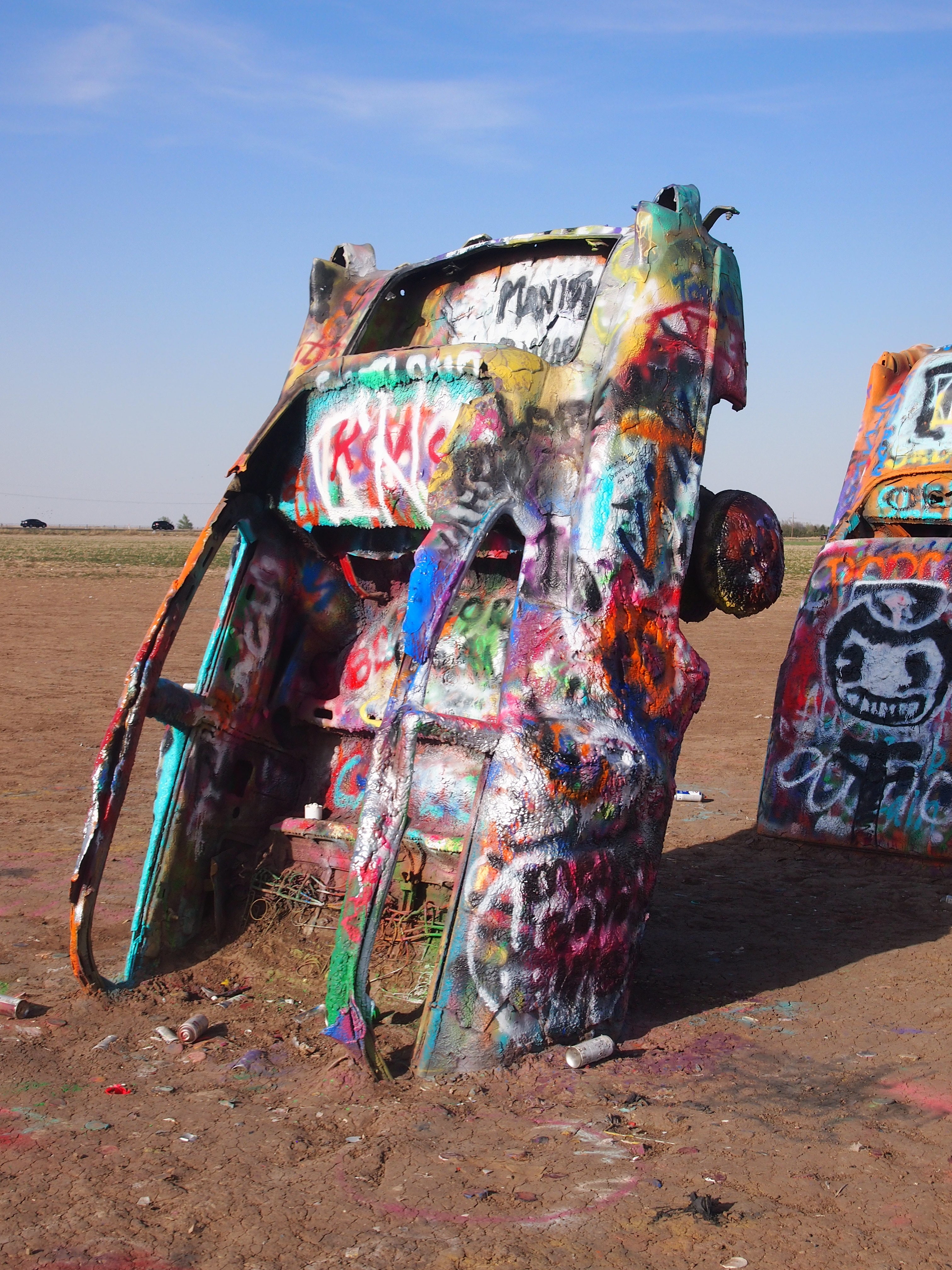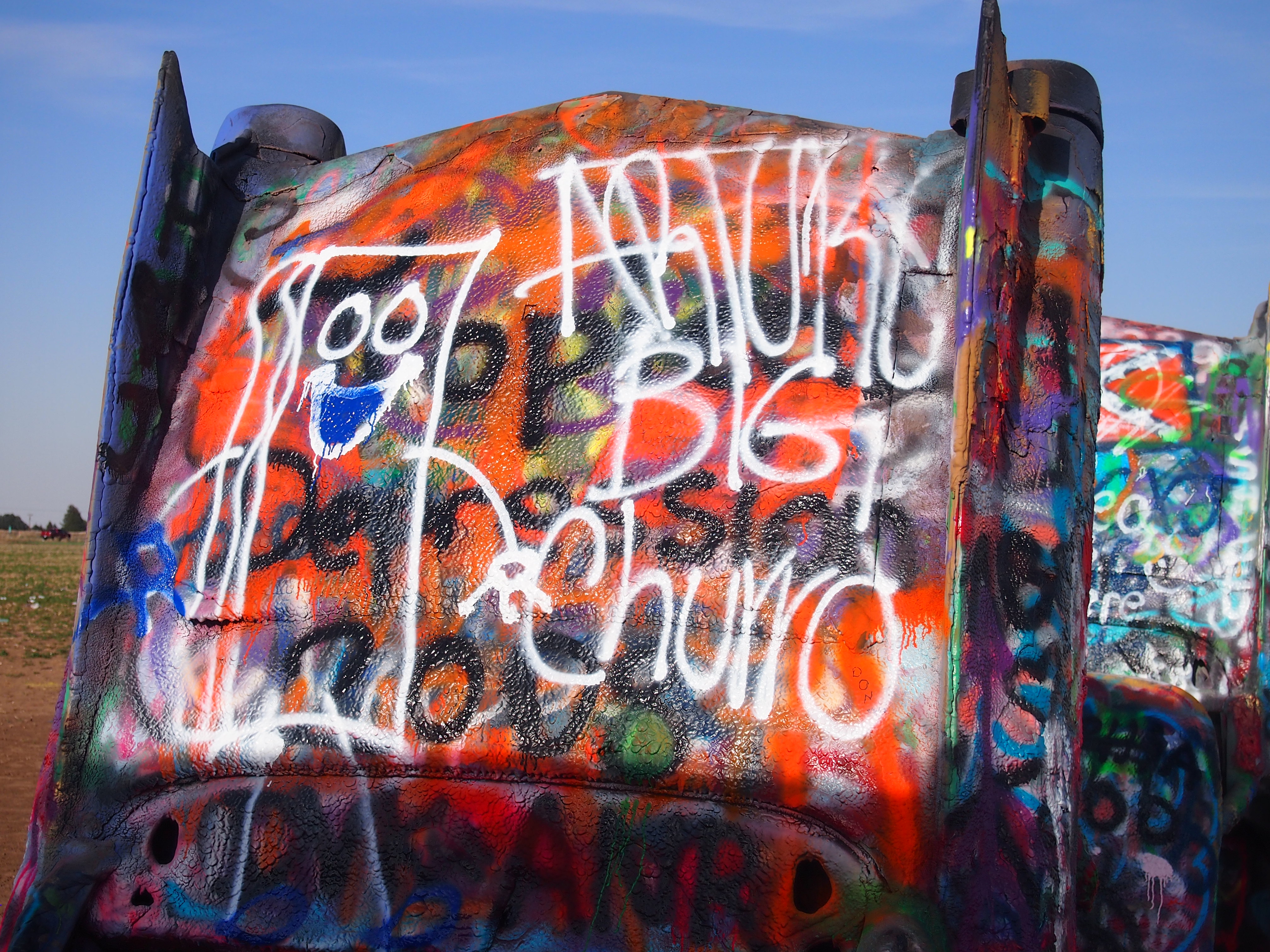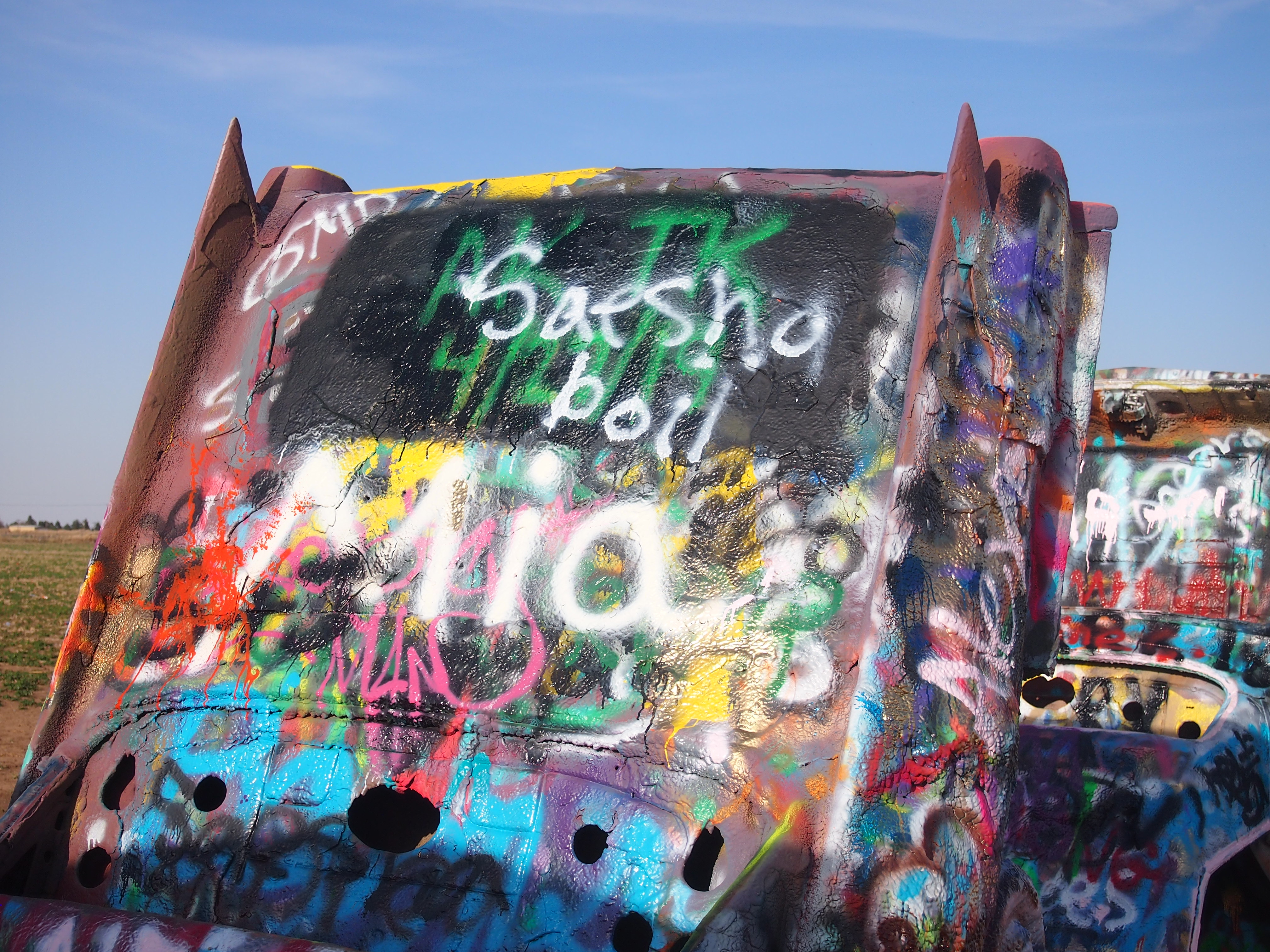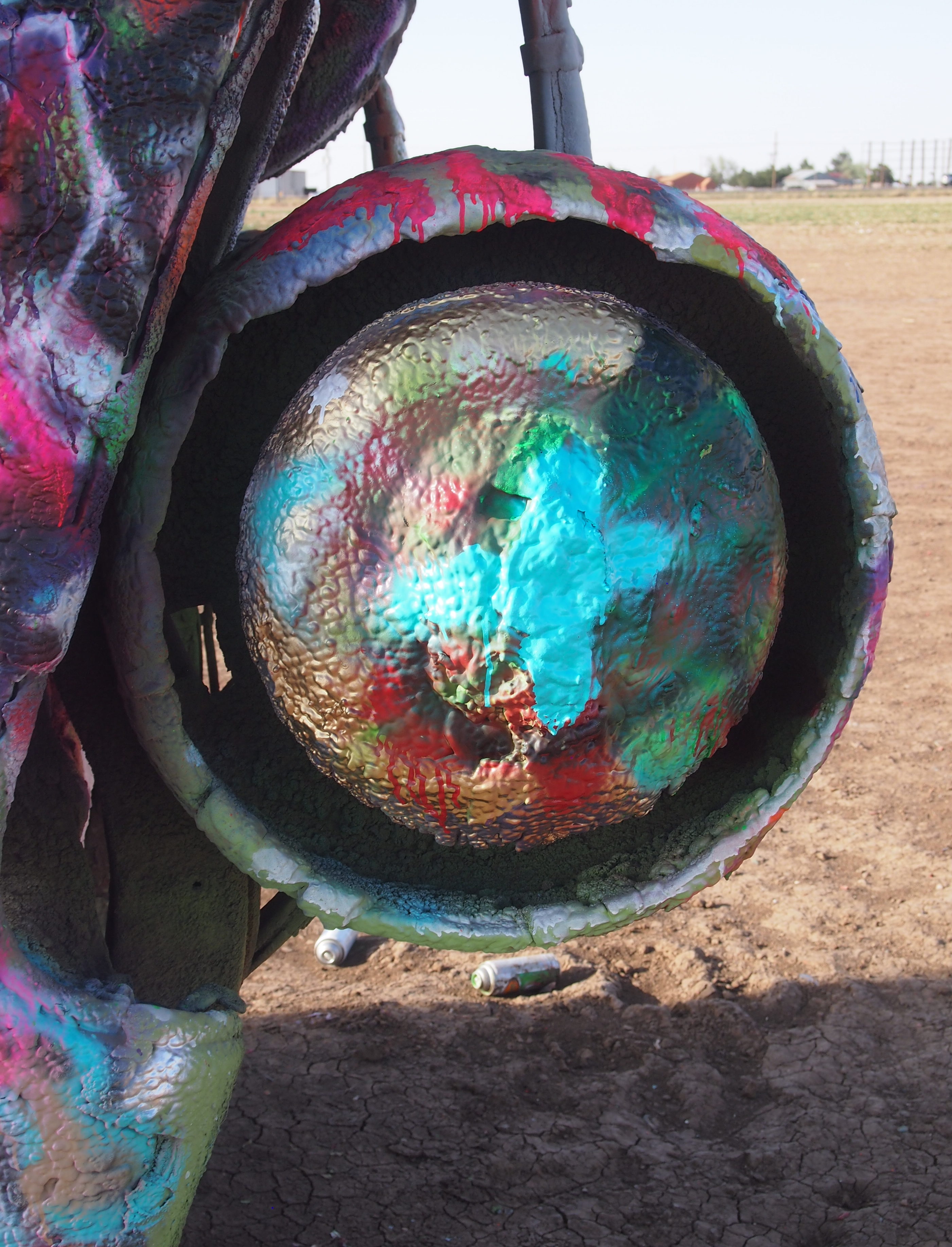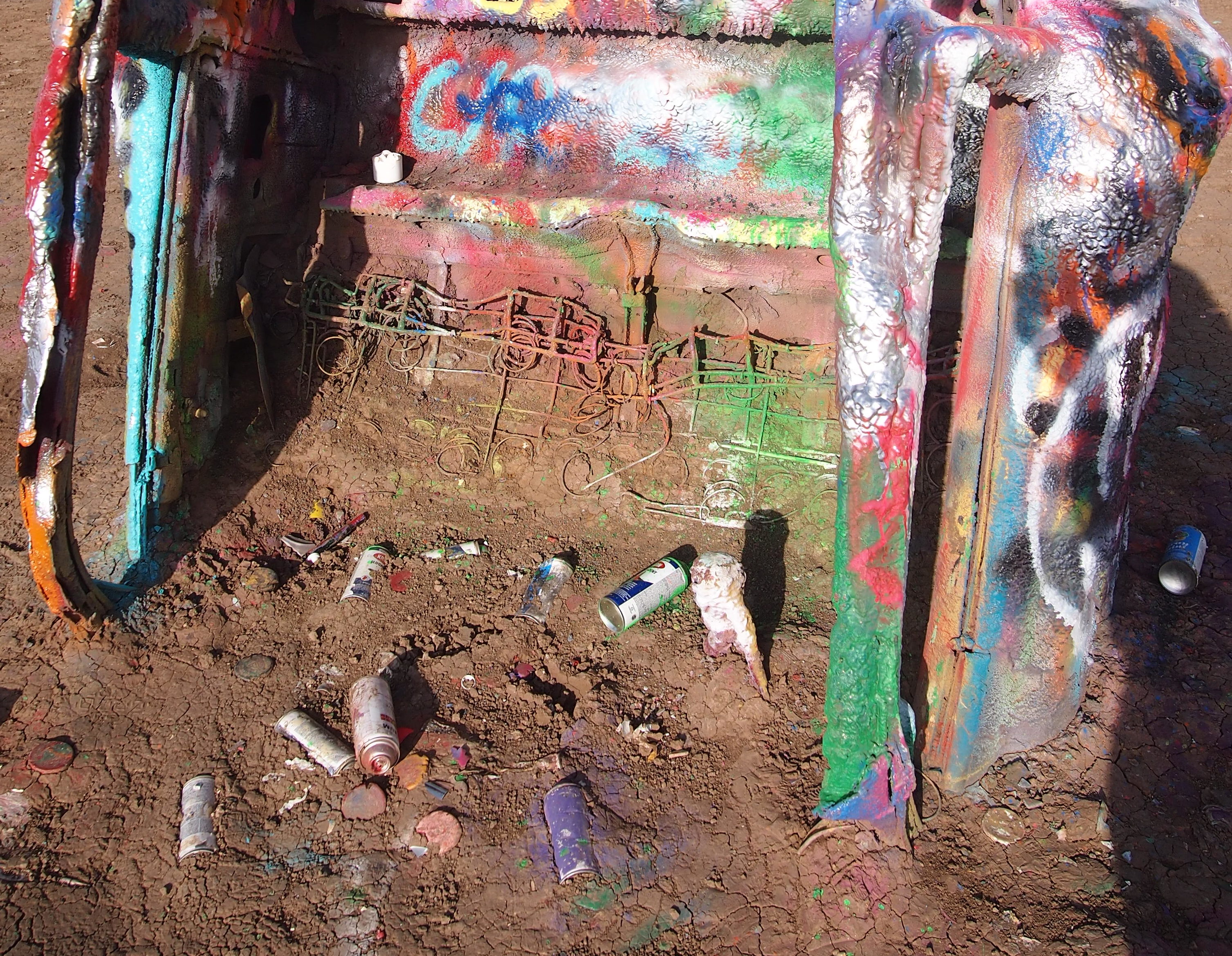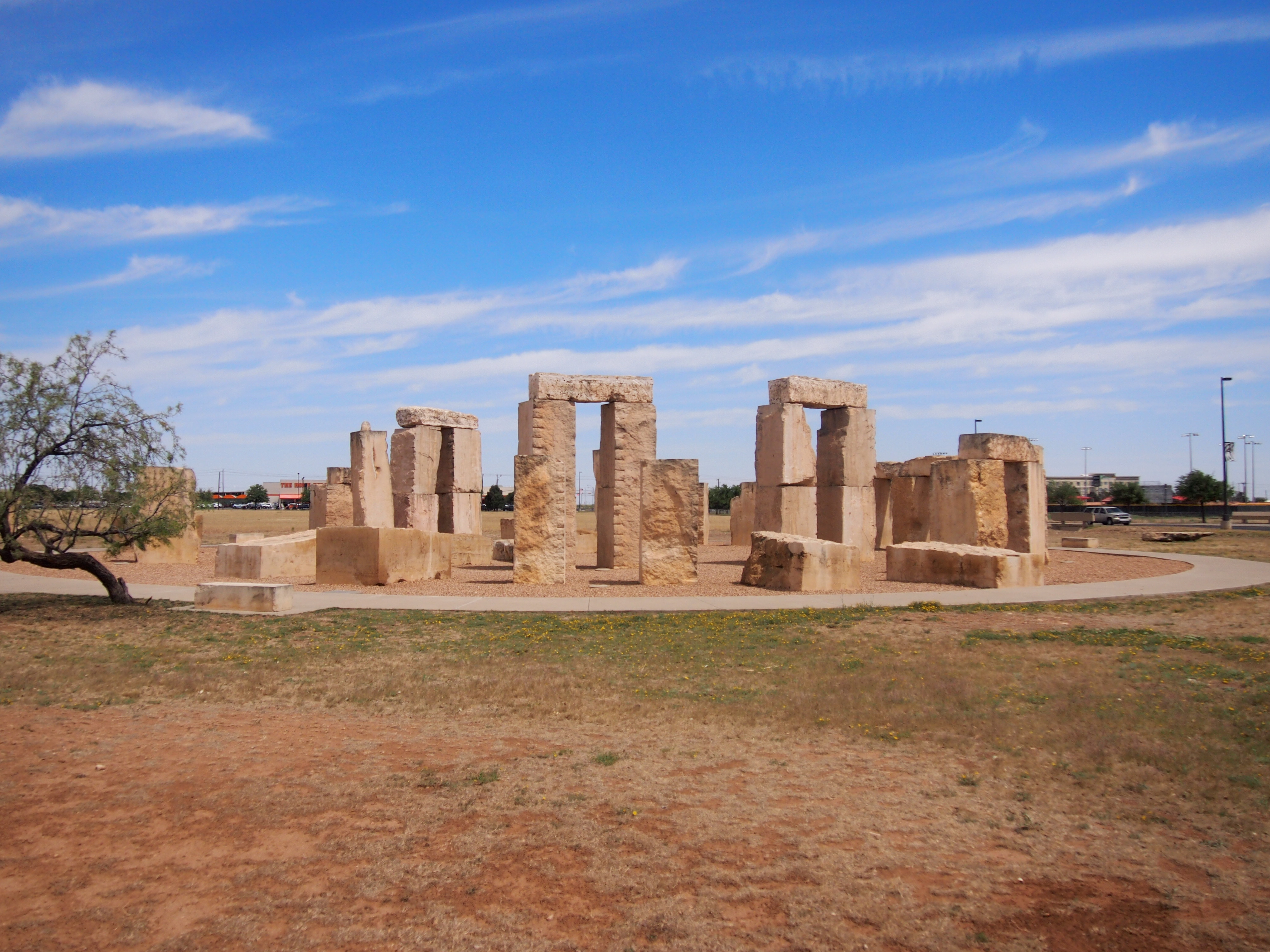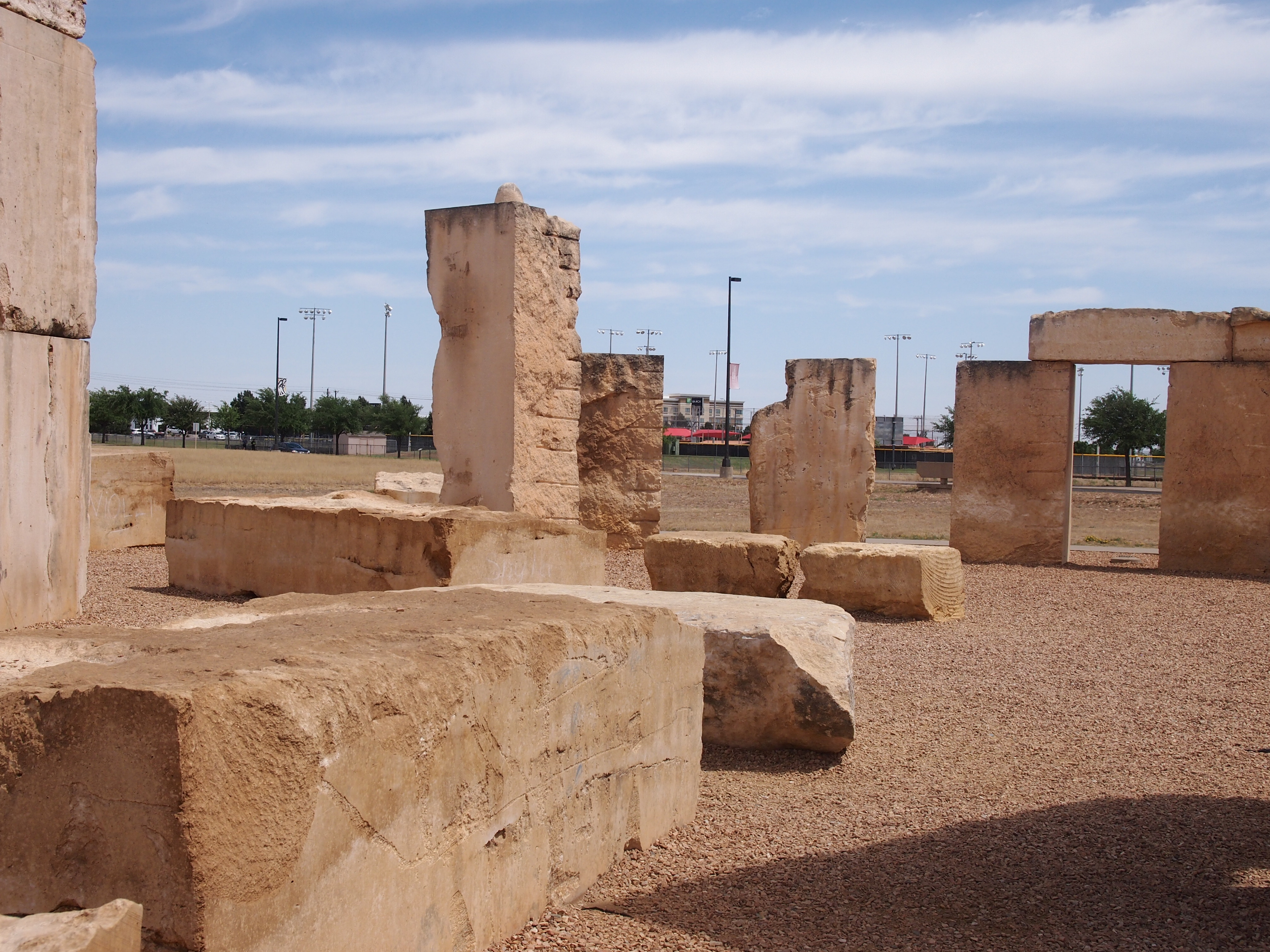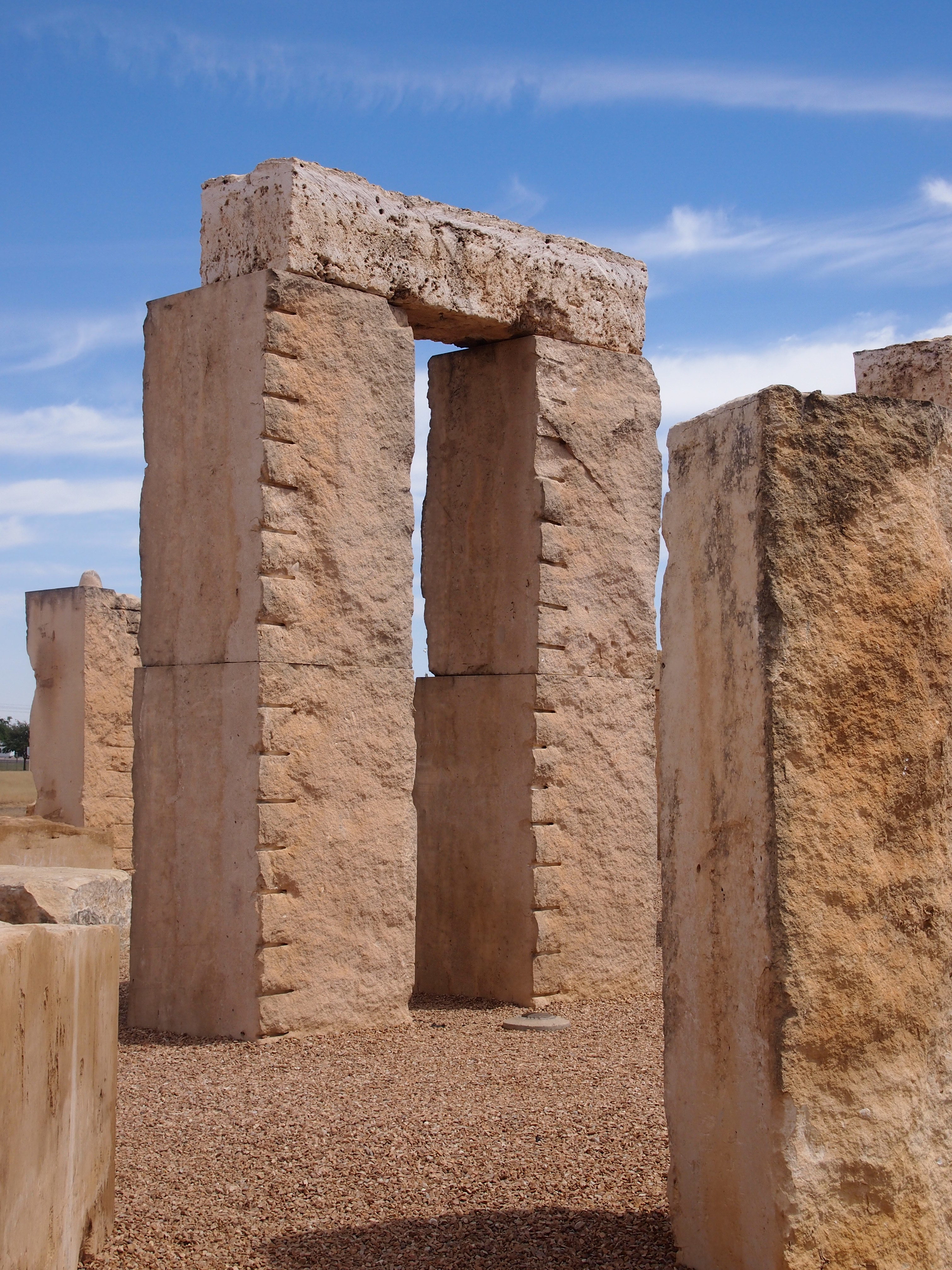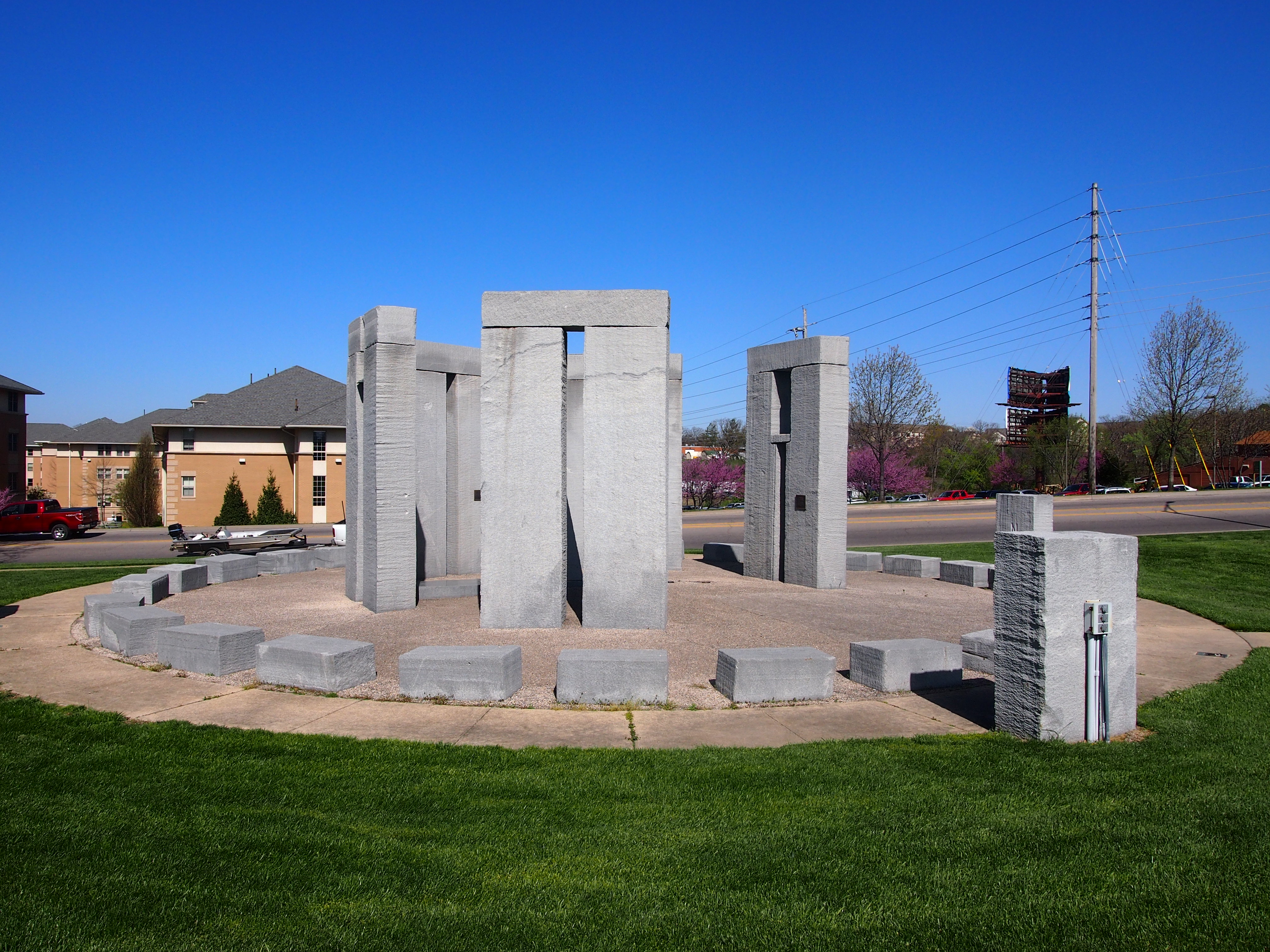Near-summer weather to a tee visited northern Illinois over the weekend — next week will be chillier, I read — with cloud puffs ambling along the completely pleasant warm air, except maybe for persistent strong gusts of wind, a mild sirocco. Those gusts didn’t keep us from walking the dog or me from idling on our deck, reading or resting my eyeballs, but they did put the kibosh on taking any meals as a family out there.
My stop in New Madrid, Missouri, on April 10 was brief, but long enough to get a look at the handsome county courthouse.

“Cornerstone ceremonies were July 4, 1915, for the Classical Greek Revival style building of white sandstone and porcelain brick with a copper box laid in the northeast corner containing copies of all New Madrid County and St. Louis newspapers and carefully prepared historical events, including the names of the citizens who contributed the $20,000, names of all county officers, etc.,” says the courthouse web site. Sounds like a dull time capsule, but never mind.
“Additional funds for finishing the courthouse and jail were authorized early in 1917, but no bids were received… Finally, W. W. Taylor, a master builder from Cape Girardeau, superintended final interior work, which included marble stairways with cast iron railings and a large rotunda with a stained glass window in the ceiling that was completed in January 1919.”
Closed on Sunday. Maybe closed for the pandemic, anyway, so the marble and stained glass and more weren’t visible to me. Hope the courthouse was built to resist seismic events (as much as possible 100 years ago), or refit in more recent years.
A survey marker at Fort Pillow State Historic Site, Tennessee. Always interesting to run across one.
A view of the Mississippi at Fort Pillow.

A retail scene from Clarksdale, Mississippi. Something Amazon cannot replace.

Despite the glowing neon, the shop — called Cat Head — wasn’t open on a Sunday morning.

A scene from rural Mississippi, where perhaps the landowner recognizes no political authority.

Even in small-town Mississippi, you’ll see these.

The American Rose Center is a 118-acre wooded spot just west of Shreveport, and home to the national headquarters of the American Rose Society.

I was a few weeks too early. A few roses were in bloom, but not many. Mostly still buds, and a lot of them. Even so, lovely grounds.

Including a Japanese-style pavilion.


As I said, a few blooms.


You don’t have to go all the way to Corsicana, Texas, to buy a fruitcake at the Collins Street Bakery. There’s a store just off I-20 in Lindale, Texas, with a cafe and a towering sign. I stopped and bought a big fruitcake, which is mostly gone now, eaten a bit at a time by me, Jay, Yuriko and Ann.

In Grand Saline, Texas, a town that salt built, is a structure called the Salt Palace Museum and Visitors Center, which is on Main Street.

Palace it is not, though it is built partly of salt, and there’s a big block of salt to examine out front.

When in Paris, Texas, what does one naturally go to see? The Paris, Texas, Eiffel Tower, of course. Despite the rain.

Less well known is a memorial to the Paris Tornado of 1982. It killed 10 people, injured many more, and did a lot of property damage.
It’s in the same park as this sad-looking memorial.

That’s the Bywaters Park Memorial, with a plaque that says: In grateful memory of J.K. Bywaters, who gave this park to the people of the city he loved so well. 1916.
In Fort Smith, Arkansas, I spotted this mural.

Which is on the backside of this building — First National Bank — next to the bank’s drive-through lanes.

In Bella Vista, Arkansas, which is in the extreme northwest part of the state just south of the Missouri line, is the Mildred B. Cooper Memorial Chapel, a structure dating from 1988, designed by designed by E. Fay Jones and Maurice Jennings. Jones is best known for the Thorncrown Chapel, also in Arkansas.

Sure, the sign said an event was in progress. A wedding, of course, since my visit was on a Saturday. But I saw people clearly dressed for a wedding pouring into the parking lot as I arrived, so I figured I might have caught the place between weddings.
No. People were still inside, with some kind of event going on, so I figure as soon as one wedding ceremony is over on a warm spring Saturday at Mildred B. Cooper, another gets underway. I took a good look at the exterior, anyway. Understated elegance.

In Collinsville, Illinois, you can see the “world’s largest catsup bottle.”


It has its own fan club and web site.
“This unique 170 ft. tall water tower was built in 1949 by the W.E. Caldwell Company for the G.S. Suppiger catsup bottling plant — bottlers of Brooks old original rich & tangy catsup,” the site says.
Philistines almost had it torn down. “In 1995, due to the efforts of the Catsup Bottle Preservation Group, this landmark roadside attraction was saved from demolition and beautifully restored to its original appearance,” the site continues.
The Pink Elephant Antique Mall in Livingston, Illinois, not far northeast of St. Louis, has a big pink elephant in front, as I’ve posted. But that’s not all. Not by a long shot.
This is the mall — a complex of buildings stuffed with antiques, collectibles and other junk. There’s a diner, too.

I didn’t inspect them closely, but I take the statues out front to be made of fiberglass (maybe cast in Wisconsin).



A sign under that fellow wearing the MAGA hat — now, what was his name again? — said NOT A POLITICAL STATEMENT. LOVE HIM OR HATE HIM.
Finally, the grounds included something I’ve long wanted to see, but never had gotten around to, a Futuro House.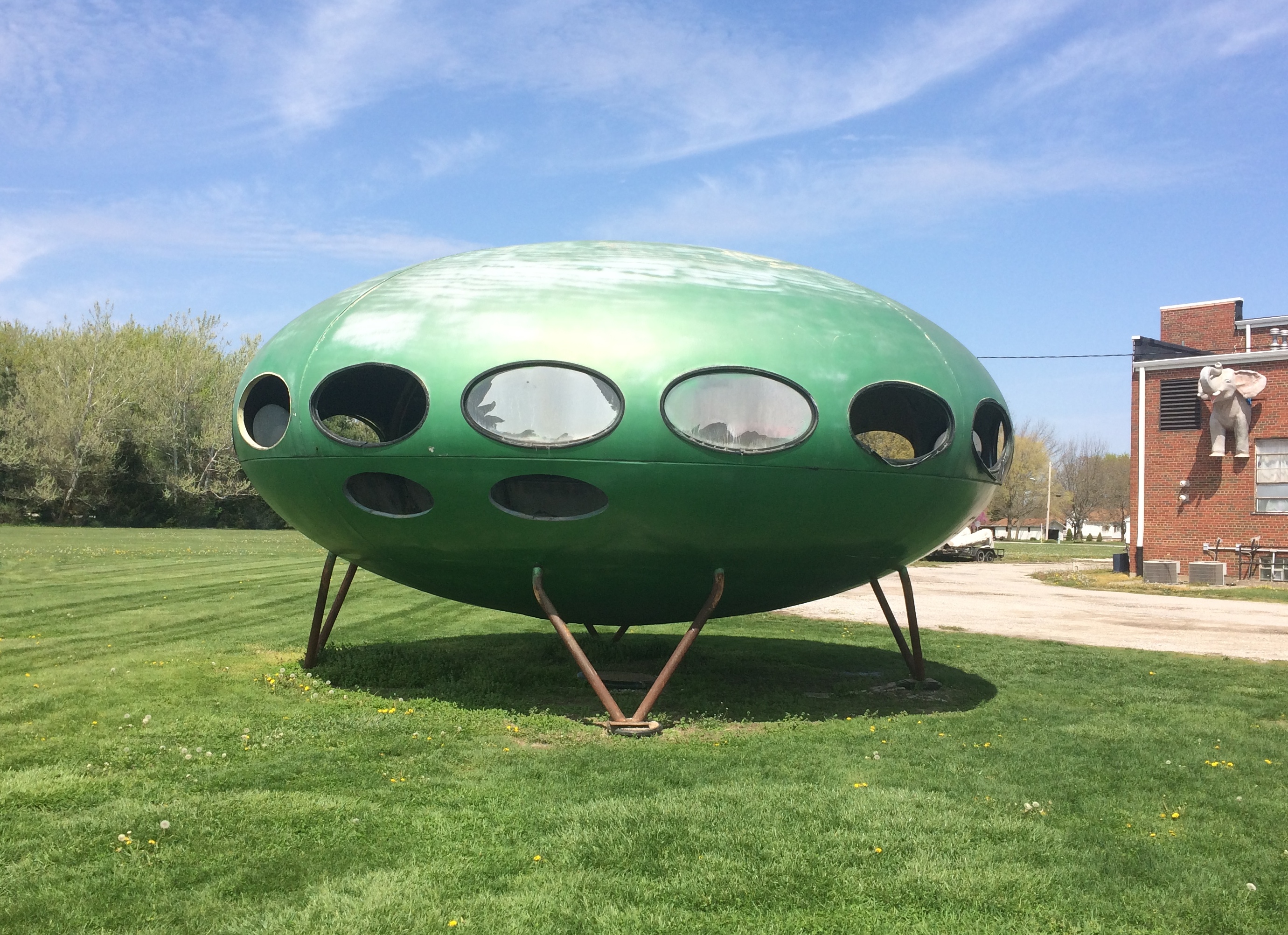
The windows, some completely open, were at about eye level for me. Ever wonder what’s in a Futuro House?

Not much, at least this one.
 Because of our drive through southern Missouri on April 6, first on Missouri 32, then U.S. 63 and U.S. 60, generally trending west but also somewhat south, I’ve learned a few things.
Because of our drive through southern Missouri on April 6, first on Missouri 32, then U.S. 63 and U.S. 60, generally trending west but also somewhat south, I’ve learned a few things.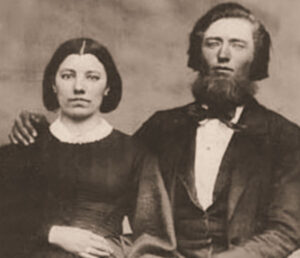 Also, I learned that Michael Landon, who portrayed Laura Ingalls Wilder’s father on TV, doesn’t look much like the man, Charles Ingalls. I can see that for myself, as he’s pictured with his wife Caroline here.
Also, I learned that Michael Landon, who portrayed Laura Ingalls Wilder’s father on TV, doesn’t look much like the man, Charles Ingalls. I can see that for myself, as he’s pictured with his wife Caroline here.




































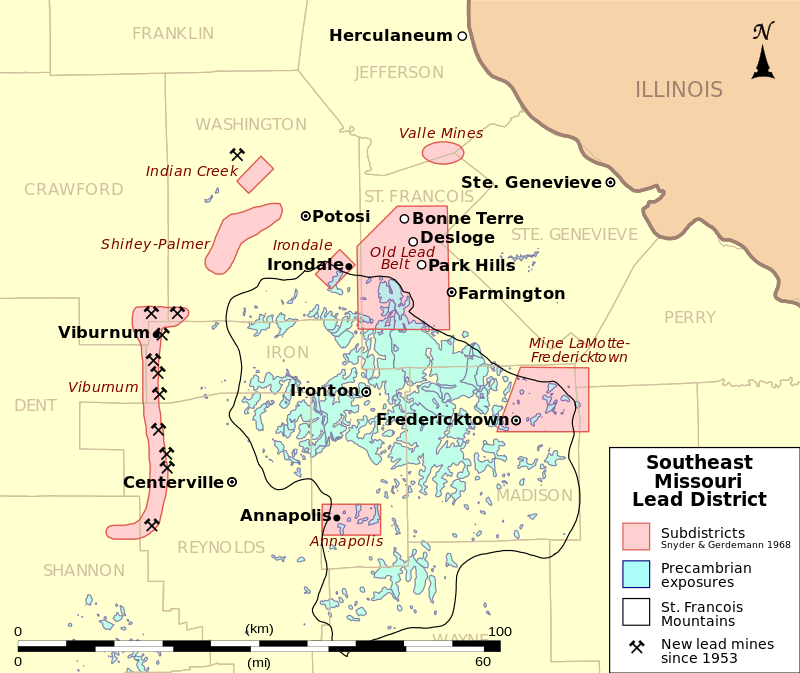















































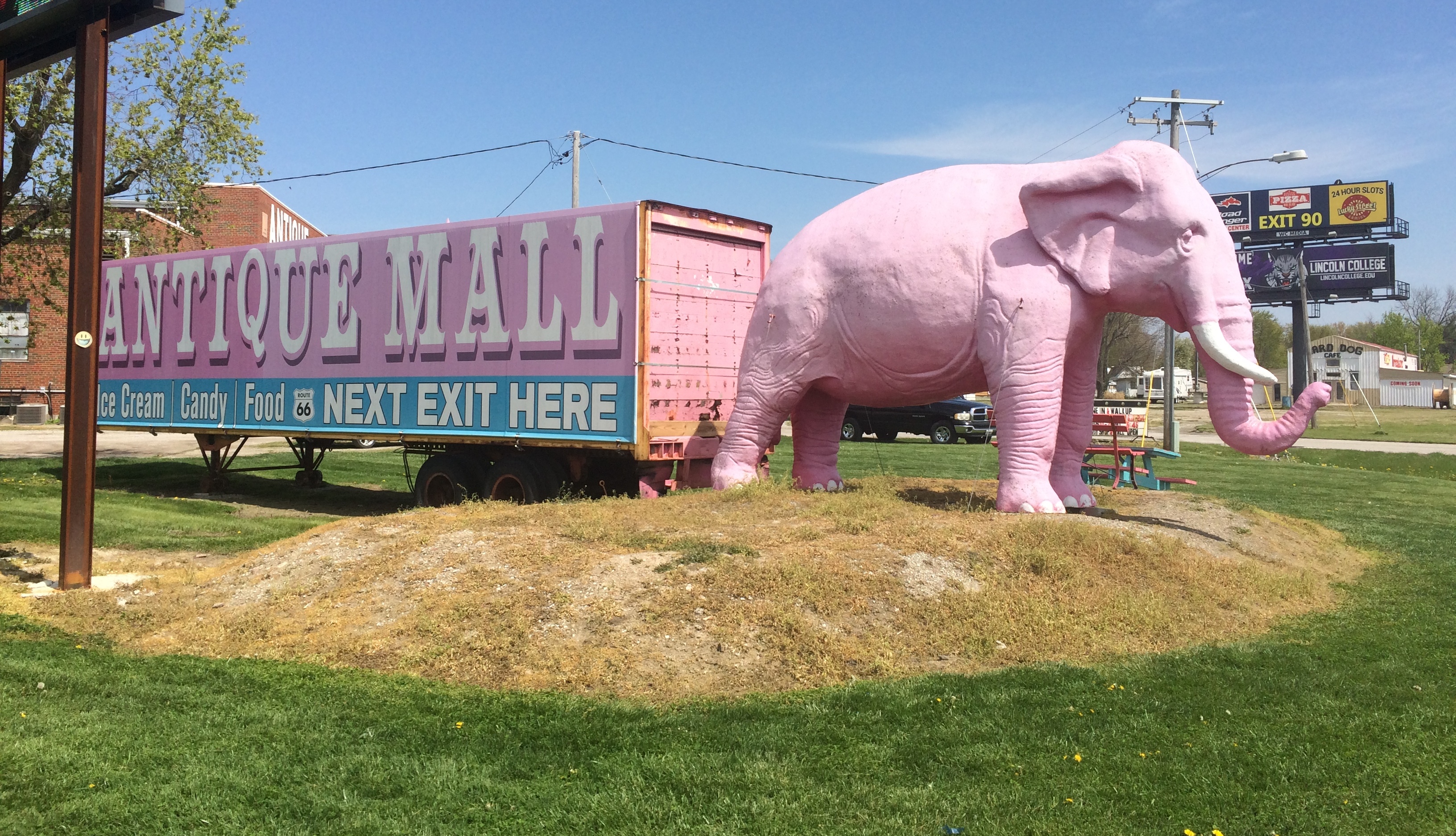


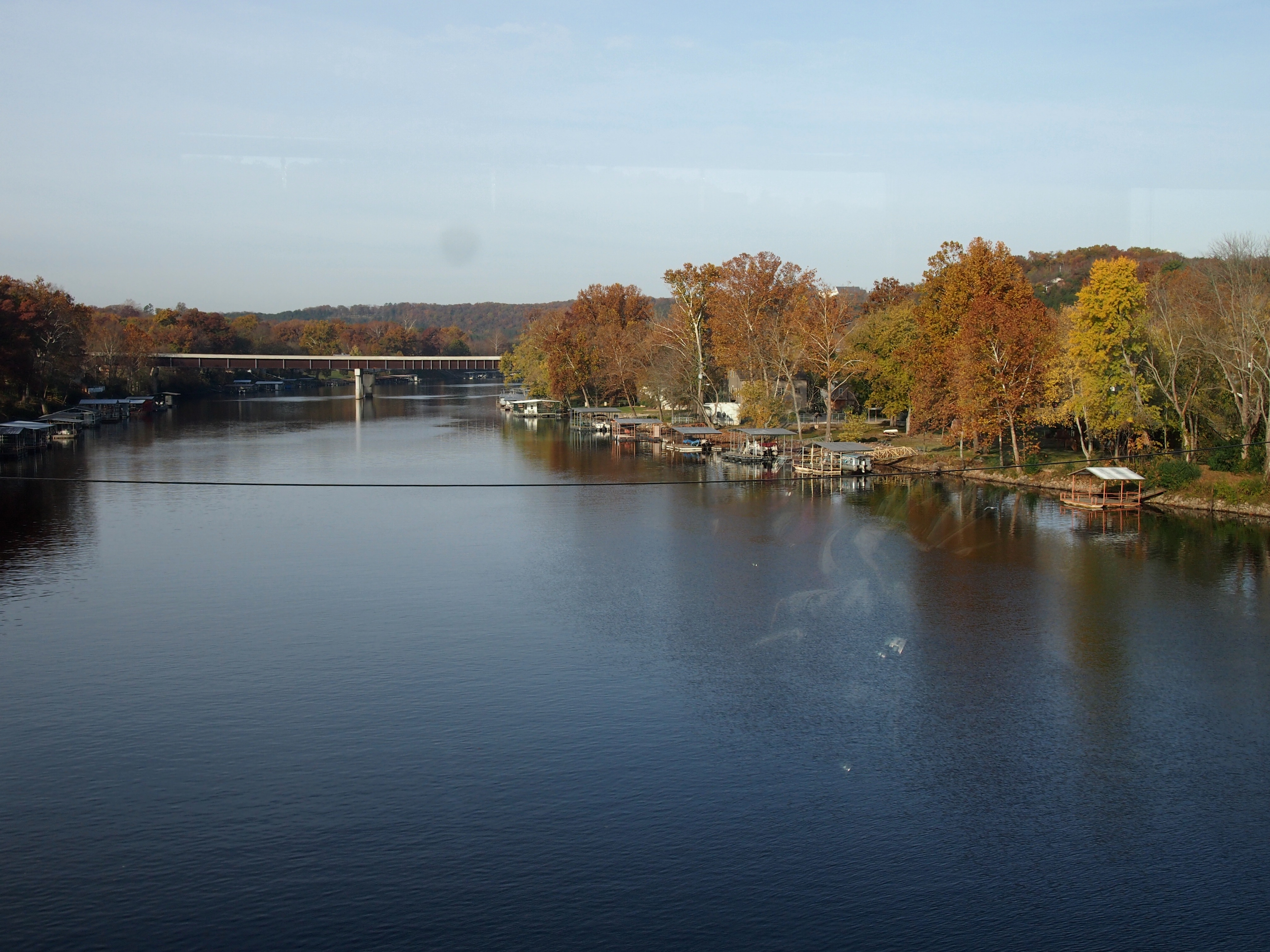
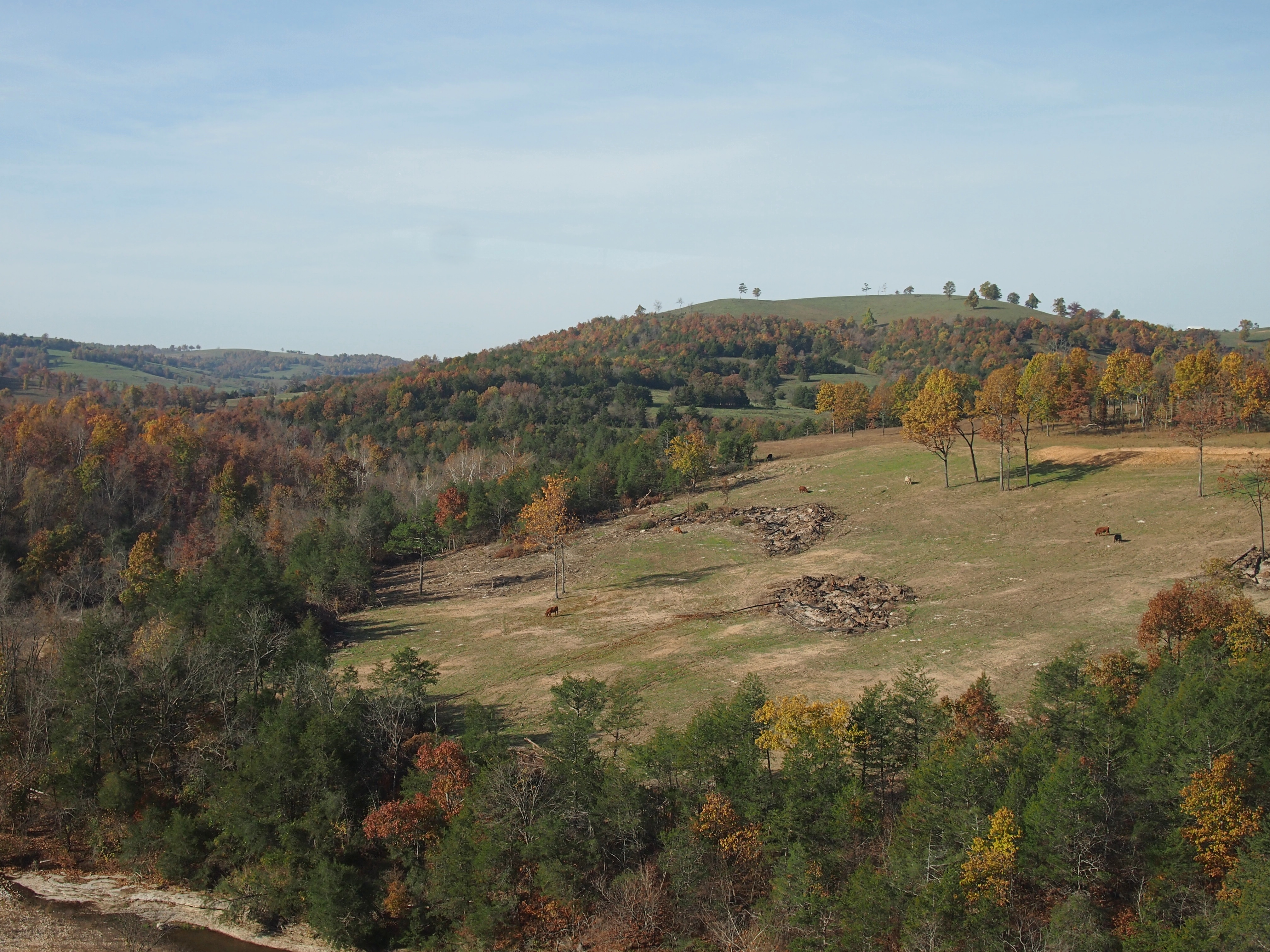
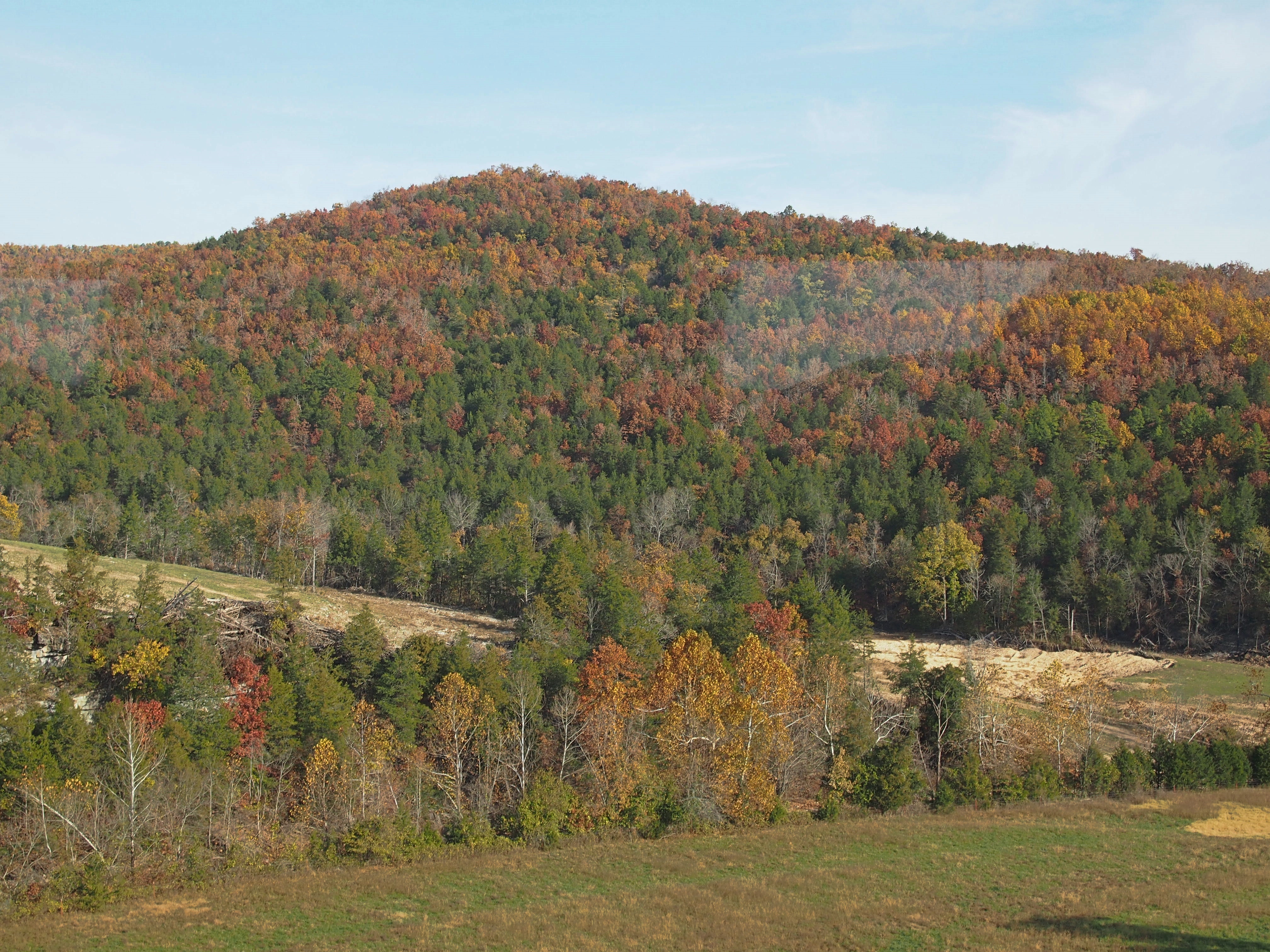
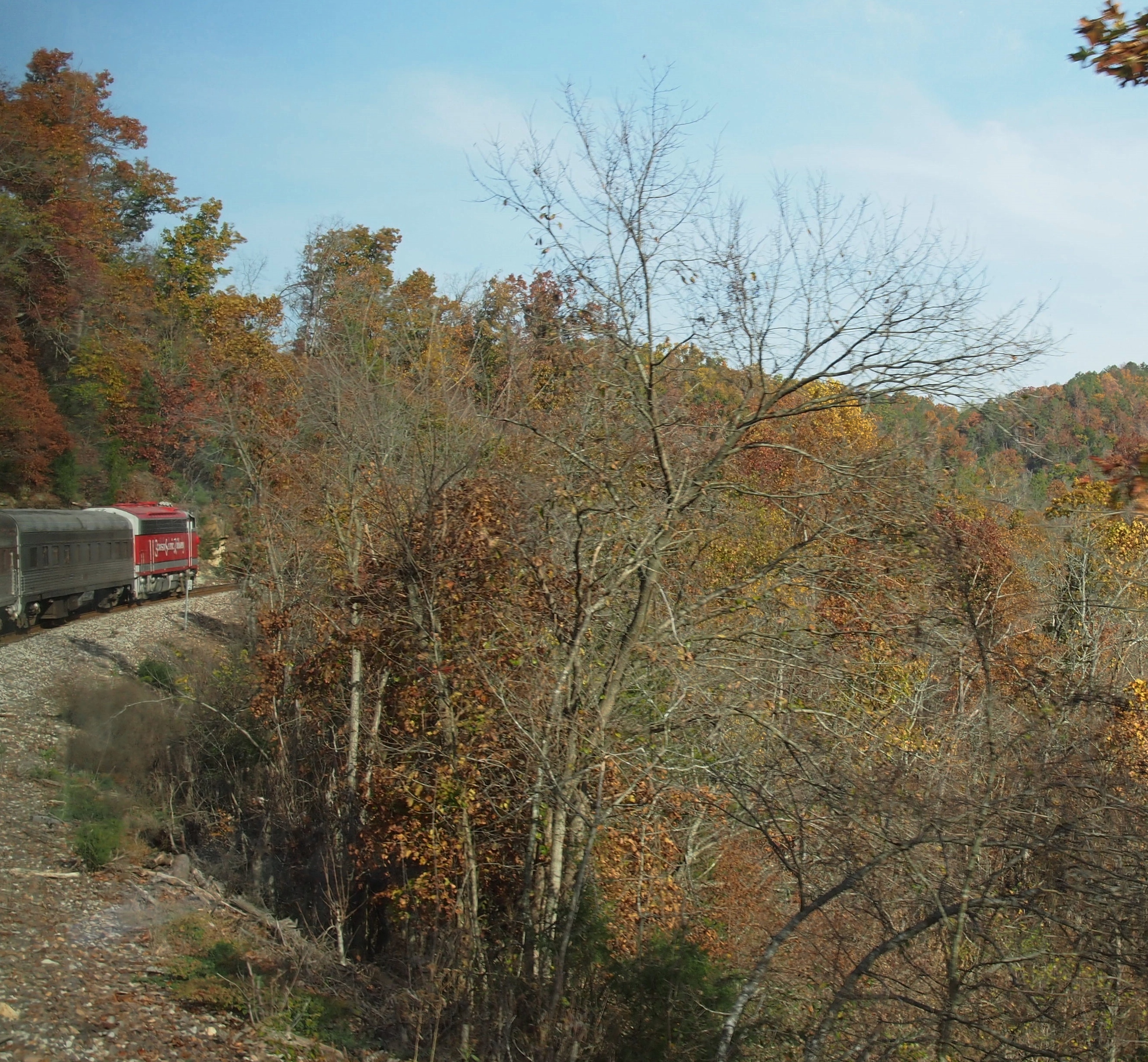
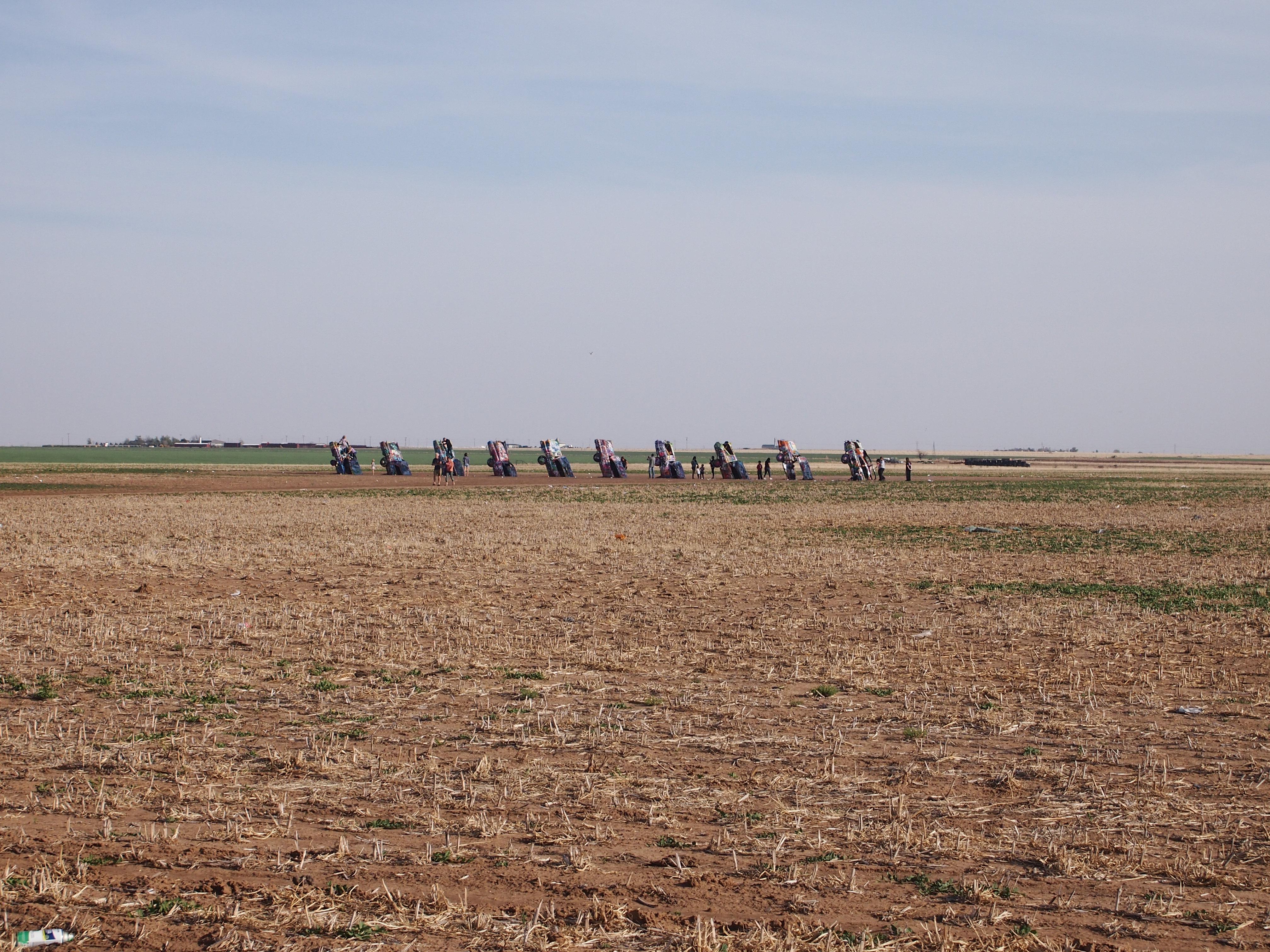
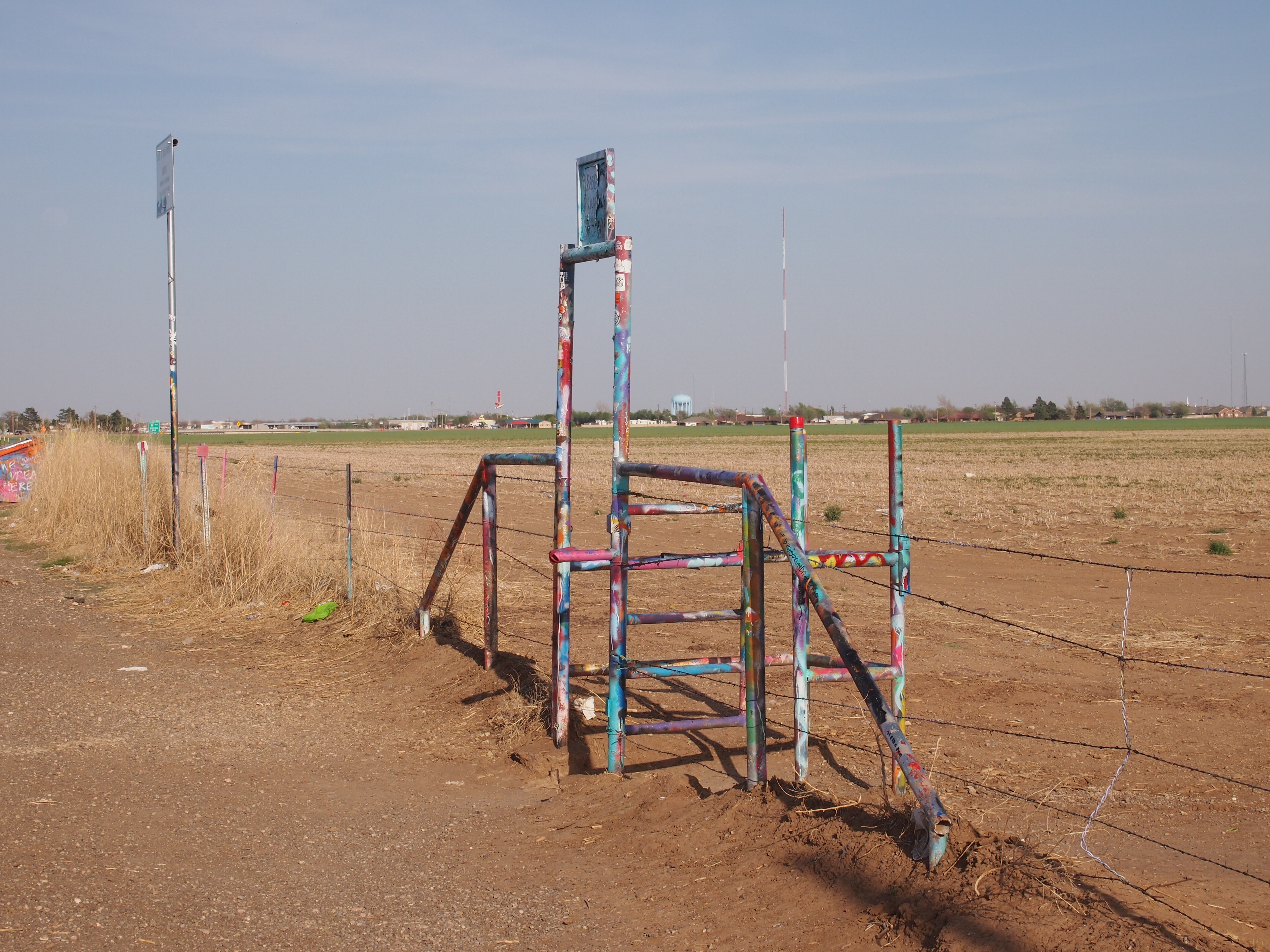 You walk right up to the 10 cars buried at an angle in the Panhandle soil and join everyone else looking at them or spray painting them.
You walk right up to the 10 cars buried at an angle in the Panhandle soil and join everyone else looking at them or spray painting them.
